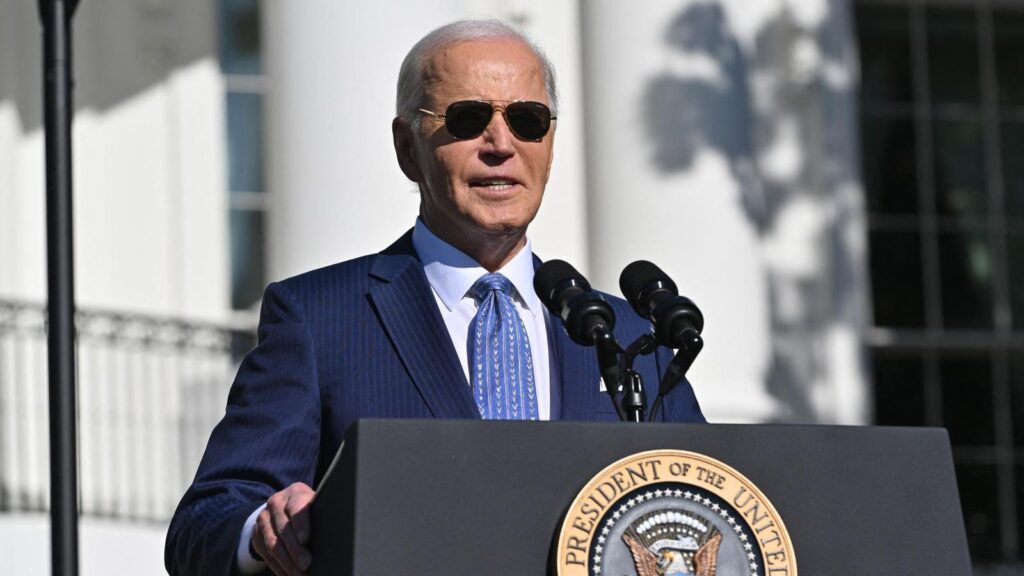President Joe Biden’s administration continues to face challenges concerning student loan forgiveness as millions of borrowers navigate a complicated landscape of legal injunctions and administrative delays. The recent decision by the 8th Circuit Court of Appeals has hindered the implementation of Biden’s Income-Driven Repayment (IDR) program, known as the SAVE plan. This plan was designed to lower monthly payments, forgive excess interest, and eventually lead to loan forgiveness for borrowers who have been repaying for 20 to 25 years. However, with the plan currently blocked, many borrowers find themselves in a precarious state of forbearance where, although payments are paused, this time does not count toward their loan forgiveness timeline. The growing uncertainty around student loan relief amplifies concerns among borrowers about making decisions that could further complicate their financial situations.
Compounding the issues stemming from the SAVE plan’s suspension, the Education Department’s ability to process IDR applications has been severely constrained. While technically, borrowers can still apply for IDR plans—even the SAVE plan—the injunction means that many who apply will be automatically placed into forbearance, negating any progress toward loan forgiveness. The prolonged forbearance impacts not only those seeking relief under the SAVE plan but also those pursuing Public Service Loan Forgiveness (PSLF) or other IDR plans like Pay-As-You-Earn and Income-Contingent Repayment. As a result, many borrowers who hoped to benefit from these programs find themselves in a state of financial limbo, unsure of their next steps.
For borrowers who were previously enrolled in SAVE or are contemplating their options, the current landscape necessitates careful reconsideration of their strategies for student loan forgiveness. Since many existing IDR alternatives, such as Income-Based Repayment, typically entail higher monthly payments, borrowers must weigh the potential for increased costs against their pursuit of loan forgiveness. Furthermore, the Education Department is facing significant delays in processing applications, meaning that changing to another IDR plan could result in longer wait times before any changes take effect. Borrowers are advised to closely monitor their options and avoid applying for multiple IDR plans simultaneously, as this could lead to further complications and extended processing delays.
Consolidation applications through the federal Direct loan program may be necessary for some borrowers seeking PSLF; however, the environment for consolidation right now is less than ideal. Following the court’s injunction, the Department of Education took down both the IDR and Direct consolidation application portals. While the consolidation application portal is operational again, IDR processing remains largely paused, making it challenging for borrowers to navigate their repayment options effectively. Borrowers with significant student loan balances might find it unmanageable to default to the Standard repayment plan while waiting for their applications to be processed. Therefore, it may be prudent for some to hold off on consolidation until the IDR processing resumes, ensuring they can secure a feasible repayment structure without unnecessary delays.
On a more positive note, Public Service Loan Forgiveness (PSLF) remains unaffected by the current legal battles, giving borrowers in public service careers a glimmer of hope. However, the need for borrowers to enroll in an IDR plan means they are still tightly intertwined with the problematic processing issues stemming from the SAVE plan’s injunction. Additionally, the recent transition of PSLF processing from the loan servicer MOHELA to the digital platform at StudentAid.gov has introduced discrepancies in processing times. Borrowers utilizing the new online PSLF Help Tool have reported relatively quick turnaround times for employment certifications, contrasting sharply with the delays experienced by those submitting paper forms. Hence, the Education Department has strongly emphasized the importance of using the electronic system to avoid unnecessary setbacks.
In conclusion, the landscape for student loan borrowers remains complex and fraught with challenges under the Biden administration’s current initiatives. While the promise of forgiveness through options like SAVE or PSLF offers hope, the ongoing legal and administrative hurdles cast a long shadow on immediate relief for many. Borrowers are urged to remain vigilant and informed about their options, eschewing potential pitfalls that could jeopardize their road to forgiveness. By carefully selecting their paths amidst the turbulent waters of policy and legal scrutiny, borrowers may still navigate through to more favorable outcomes, provided they stay attuned to developments and considerations in this ever-evolving landscape of student loan repayment.

